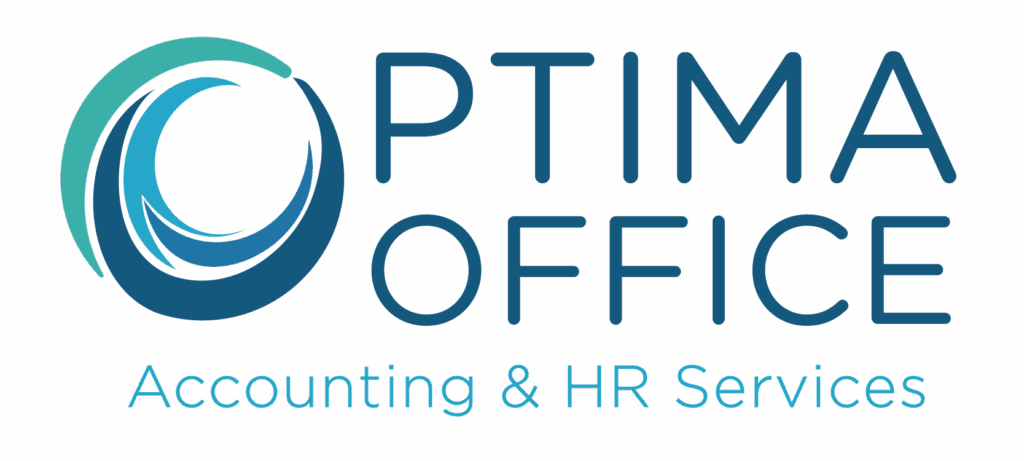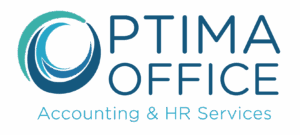By: William Dawsey
Payroll may sound simple to some, but, as HR departments know, it comes with a lot of tedious tasks associated with the payroll process. Cutting checks—or, more likely, sending direct deposits—isn’t the only process involved.
Regardless of the number of employees, payroll necessitates the careful calculation of wage-related information to get employees paid, both on time and in accordance with tax and labor laws. How is all this sensitive information handled, through automated processes, to accomplish the aforementioned goals? With payroll software.
Payroll software is an important part of the Human Resource (HR) software ecosystem. The ability of that software to integrate with other systems and third-party solutions is a direct representation of the quality of the systems being used to complete payroll for employees.
For payroll software to be considered a modern and practical investment, it needs to offer equally modern and practical solutions. This is why the many parallel systems involved in the payroll process must be integrated with payroll software to achieve the direct communication between applications that streamlines every HR departments’ most ill-favored, tedious tasks.
Most Common Software Integrations for Payroll Systems
Payroll software is a must-have tool for modern businesses, as it considerably cuts down on the amount of repetitive, error-prone work that is required with manually transferring information. Payroll systems should be on par with businesses’ needs and able to integrate with the tools they are using to manage all the aspects of payroll processes.
Ultimately, a payroll system by itself isn’t as powerful as it could be (and not nearly as useful) without various integrations with other applications and modules. From compensation scheduling software to benefits administration solutions, there are a host of different features that payroll software must have to be considered a robust, complete system that meets businesses’ needs.
Employee Scheduling Applications
For businesses whose employees work with multiple shifts, scheduling is no longer completed with paper timesheets or even digital spreadsheets. Instead, shift scheduling is completed with employee scheduling applications.
Rather than keeping track of timesheets and employee availability manually, scheduling software provides the ability to easily:
- Budget labor resources
- View employee availability
- Track shift swaps
Integrating scheduling apps with payroll systems enables information related to timesheets and variables such as paid-time-off to be sent directly to payroll software to accurately produce wage calculations. Risks, such as paying wages to an employee who gave their shift away, are mitigated with exact details on whether or not employees kept the shifts dictated to them.
Accounting Software
Accounting and payroll software go hand in hand as tools that keep books balanced. General ledger accounts are kept up to date easily through shared payroll data such as paycheck amount totals, taxes paid, and withheld insurance premium funds. Billing reports, additionally, are auto-populated with the most up-to-date information to avoid potential discrepancies.
With the added bonus of ensuring the most accurate information for tax season and audits, accounting software APIs are leveraged to ensure that the correct amount of money is withheld for insurance and other regulatory compliances that companies face.
Time and Attendance Software
We all know the amount of time that employees work—especially those working for hourly wages—determines how much money they will make once payroll comes around. With time and attendance software integration, exact information on the hours an employee works is transferred to payroll software. With the need to manually cross-reference recorded hours worked versus actual hours worked eliminated, mistakes that lead to over or underpaying wages to employees are avoided.
Through time and attendance software, the number of hours an employee works is tracked, managed, and collected by electronic time clocks from hardware such as stripes and barcodes on company cards, biometric information, or personal computers when employees sign on and off. That data is then used to determine the precise amount of time worked for accurate paychecks and direct deposits.
Mobile-based time and attendance applications for employees are a frequently missed opportunity for integration as they require no additional clock-in or out hardware such as key fobs and sensors. With geo-fencing specifications, the employees can clock in from their phone, but only within parameters set by the administrator. This ensures an employee unless otherwise allowed, won’t clock in off-premises either on purpose or by mistake.
Expense Reporting Software
Sometimes, to seal a deal, such as those in sales, an employee needs to take a client out to dinner or bring coffee and muffins to an important meeting. Rather than each employee with billable expenses sending in their individually compiled spreadsheets—which then need to all be managed individually—employees are entering reimbursement requests into expense reporting software.
With its ability to capture expense data accurately from employee input, expense reporting software automatically:
- Reconciles corporate credit cards
- Determines if submitted expenses violate company policies
- Flags potentially fraudulent expense claims
- Identifies trends in expense spending for budget adjustment suggestions
Integrated into payroll software, employee wages along with the reimbursements owed are automatically calculated to disburse the correct amount of money to workers.
Human Resources Software
HR departments deal with a lot of paperwork that influences wages paid. Rather than cross-referencing forms and files for payroll, human resources software integrated with payroll software streamlines employee changes that influence wages paid such as:
- Bonuses and wage increases
- Hours worked overtime
- Wage deductions
- Sales commissions
- Labor law compliance
Integration additionally aids with compliance with relevant payroll regulations. Companies avoid getting slapped with fines when they can work with programs that maintain the right documents for the right amount of time. For example, I-9 forms must be kept for three years after an employee’s hire and one year if the employee leaves the company. Without software to automate these regulations, companies could be subjected to hefty fines or legal action.
Benefits Administration Software
Benefits and payroll are so closely related that failing to integrate them wouldn’t make a lot of sense. Rather than switching back and forth between systems, secure access to important benefits data is enabled from the payroll system to sync relevant information without the need for manual entry. The transferable payroll-related employee information includes:
- Healthcare, dental, vision, and provider management
- 401k, disability, life insurance, and open enrollment information
- Flexible Spending Account (FSA), Health Savings Account (HSA), and Health Reimbursement Arrangement (HRA)
- Workers’ compensation, stock options, claims, and educational assistance such as tuition reimbursement
Combining these two relevant systems is essential for cutting down on redundant administrative tasks while facilitating the transfer of accurate and secure benefits data. Unburdened by the risk of error associated with manual processes, businesses additionally gain compliance ease as Affordable Care Act (ACA) guidelines are more easily followed.
Implementing the Right Integrations
Payroll software isn’t just for large enterprises. Small to medium-sized businesses (SMB) also benefit from automating the payroll process with software solutions. Without key integrations, though, payroll software can’t possibly satisfy all the needs of HR departments completing payroll-related tasks.
Applications and programs that can’t communicate with each other still require businesses to engage in time-consuming cross-referencing and error-prone data entry. Software must instead close the gap between systems with API-enabled data access. Without transfers of critical employee data, programmed by expert payroll specialized developers, unintegrated payroll software may as well be ditched for the equally inefficient spreadsheets of the past.




